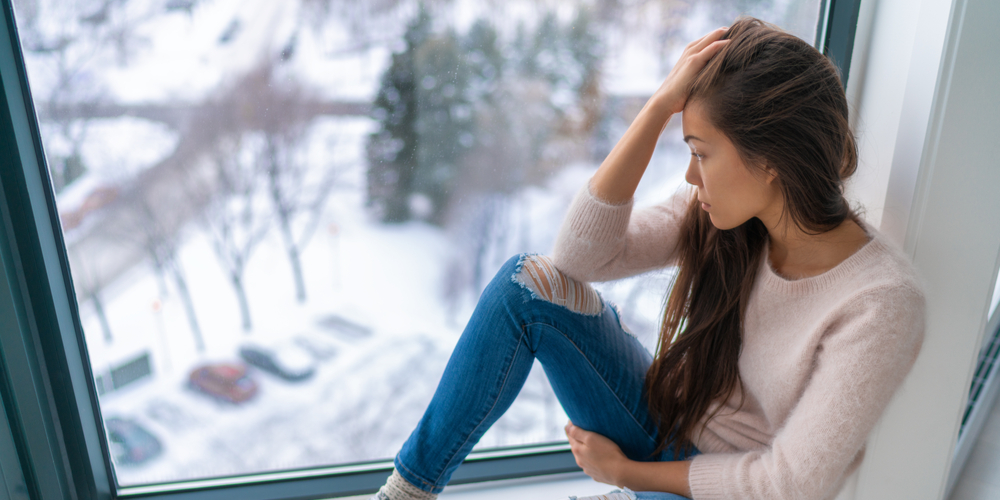
Seasonal affective disorder (SAD), sometimes called the ‘winter blues’, is a mood disorder in which you will have normal mental health throughout most of the year and then experience depression during seasonal change. In the majority of cases symptoms occur in the winter however in some sufferers the change will happen in summer. SAD is more common in countries in the Northern Hempisphere and seems to have a higher rate of occurrence amongst women.
Although there are differences in every case there are several common symptoms which occur. A drop in energy level and a tendency to oversleep are amongst the most common symptoms and many sufferers experience fatigue along with a decreased interest in sex. You may find that your concentration is impaired and that you are irritable and anxious much of the time. A loss of enjoyment from social situations and activities that you’d normally enjoy may also occur. There may be a craving for certain foods and weight gain is one of the usual side-effects of this symptom. SAD sufferers may also experience symptoms which occur in other forms of depression like feelings of hopelessness, guilt and physical problems like headaches. There’s also an increased risk of suicide in sufferers of SAD. The symptoms of SAD will continue annually at around the same time each year and, on average, appear between September and November and continue on until March or April. But what causes SAD?
Although the exact causes of SAD are not currently known research has shown that the mood changes are related to a lack of light. It’s believed this lack of light affects the hypothalamus, the part of the brain responsible for appetite, sleep, mood and sex drive. This may also effect the levels of chemicals produced in the brain such as serotonin and melotonin leading to depressive symptoms.
Fortunately, there are many treatments for SAD. Commonly prescribed are therapies, medications and hormone supplementation. One commonly used device is light therapy using a specially designed lamp which produces high levels of illumination. Many sufferers use this therapy in the morning, which research suggests will be the most effective time for it. But the therapy will still be effective if used in the evenings. Another light therapy often used is dawn simulation which has been shown to have beneficial effects on sufferers. Other therapies include cognitive behavioural therapy which is used to treat the depressive symptoms occurring in SAD.
Common medications used to treat SAD include selective serotonin reuptake inhibitors (SSRI’s) and antidepressants such as paroxetine. These have been proven to be effective in treating the disorder and are widely used. Supplementing the body’s melatonin levels in the afternoon in order to correct your circadian rhythms can change the levels of hormones and so relieve some symptoms.
In addition to these therapies there are several ways in which a SAD sufferer can combat the disorder themselves. Exercise and nutrition have been shown to have an impact on mental health and so maintaining a balanced diet and exercising regularly can improve symptoms. Many sufferers will plan their lives around the seasonal change and aim to do the minimum in the winter months by using spring and summer to plan ahead.